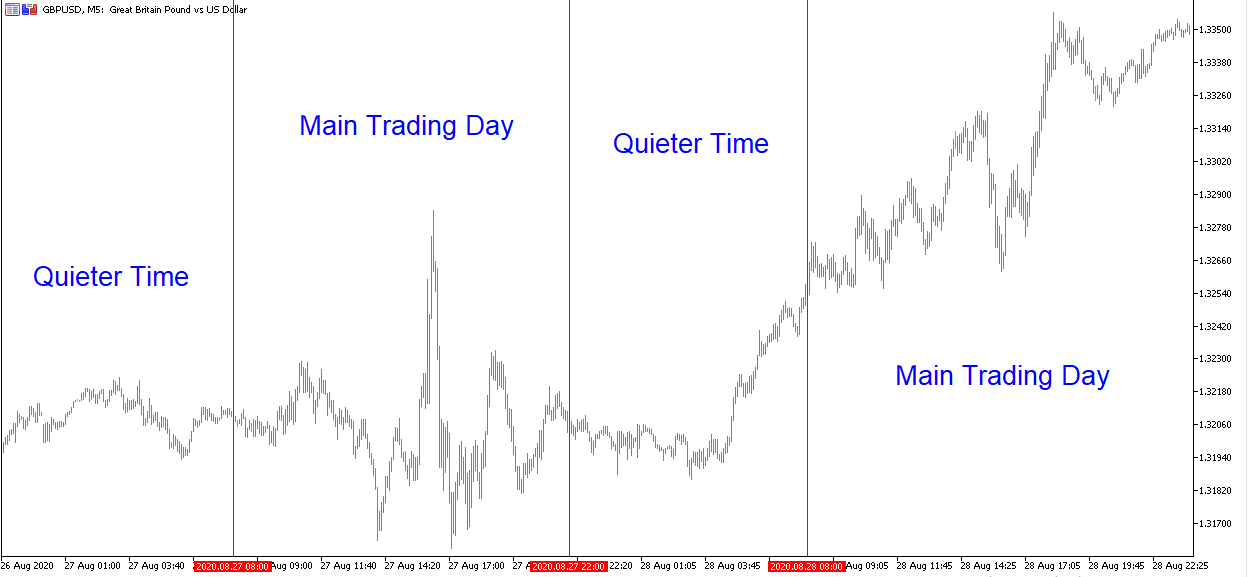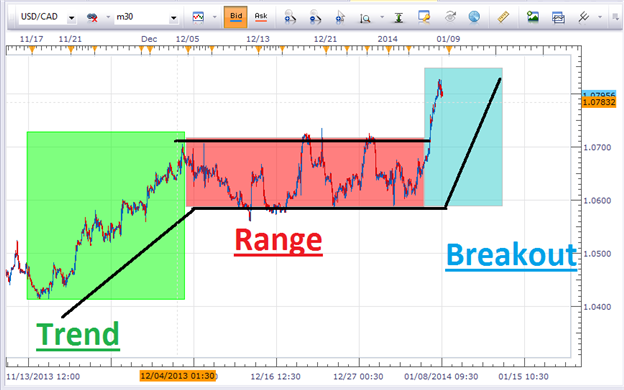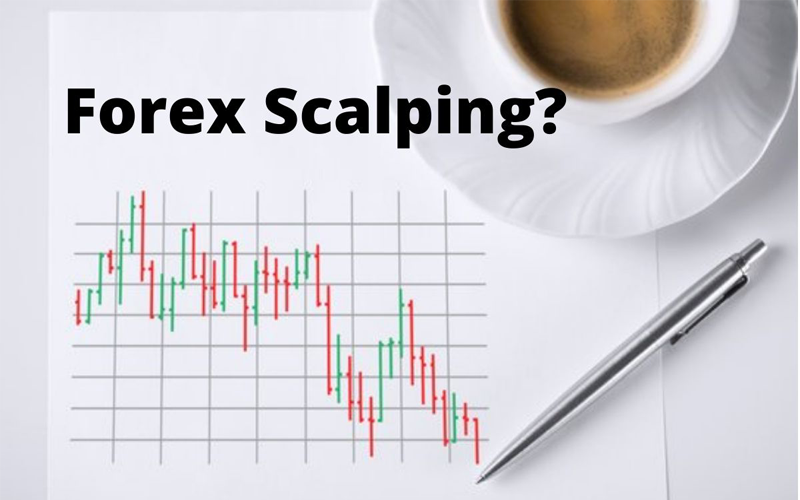Every trader comes across ‘scalping’ early on in their career, though they end up scratching their heads. In this article, we go through all the basic information regarding scalping, including what it is, what are the mechanisms behind it, and how you can get started with it. So, let’s get started.
What is Forex Scalping?
Based on technical analysis that is done in real-time, scalping is basically a trading technique. In the world of Forex, it basically means taking a large number of trades that generate small profits. With this strategy, one has to look to make a profit in a few minutes, rather than in a few hours or any other larger time-frame. This way one gains a few pips at a time and amasses the short gains.
Every trader (or scalper) looks to get as much out of every single fluctuation of currency pairs as possible in the Forex market because of the volatility of it. Being able to reap even a few pips of profits, when done consistently, allows one to get to a decent amount of capital.
It is one of the more popular strategies since it allows a trader to create a number of opportunities on the same trading day. One has to stay consistent and disciplined and shouldn’t look to gain anything more than 10 pips for every trade (or lose more than 7).
How to Scalp in Forex
Most traders utilize the time frame that ranges between one and 15 minutes to scalp pairs. Even though there isn’t an ideal time-frame for scalping, the least popular one is the 15-minute time-frame. How much profit or loss you can expect will depend on the time-frame. For instance, 1-minute scalping should probably generate a profit of about 5 pips, while 10 pips seem to be a realistic target for a 10-minute scalp. A volatile pair works best for scalping as you’re more likely to see big jumps in the price.
Since every minute is precious, scalpers usually do not spend time to set stop-loss or take-profit levels. Many of them will trade manually and get the best execution system so that they can enter and exit trades without wasting time.
Best Times for Forex Scalping
As mentioned previously, scalping is all about quick trading requiring volatility and price movement. The times when these two are at their peak usually occur during London and New York trading sessions. This makes them quite lucrative for the general scalper. However, it also depends on the strategy that one is using.

Many scalpers prefer to trade in the wee hours of the morning since the market is quite volatile during this time. However, this strategy is advisable only for professionals since the risks could outweigh the potential gains.
Some traders also trade false breakouts, which do tend to work well during the Asian session since prices generally fluctuate within a narrow band.

Best Forex Pairs for Scalping
Traders should consider major currencies, such as the ones given below, for scalping:
- EUR/USD
- GBP/USD
- AUD/USD
Although AUD/GBP is a minor currency, it is still one that scalpers prefer to work with. All these pairs have the shortest spreads and the most number of trades. Since traders have to go in and out of the market time and time again, these help them in minimizing losses. The shorter the spread is, the smaller the pip movement has to be before one can take in the profits. Some professional traders may even scalp exotic pairs, even though they may carry far greater risks.
Forex Scalping Risk Management
The Forex market is, for the most part, an unpredictable play-field. Rather than there being minor fluctuations, it can sometimes change directions completely or even collapse. This forces the scalper to think fast about ensuring their position, which doesn’t lead to a lot of losses and that the later trades make up for the losses incurred.
Entering or exiting the trade too late is another risk that scalpers have to face. If markets move against your position, it can become increasingly difficult to close out before losing a chunk of capital. High leverage is also a tricky business. Changes have to be spotted immediately and it all depends on the trader’s concentration and skill in order to avoid losses.
The risk increases if scalpers hold their positions for too long as the price can move beyond the trader’s range. This is why most scalpers stick within a tight range and don’t go making too many brazen choices. Due to the experience level that is necessary, not to mention the powers of concentration and knowledge, beginners are not advised to use scalping.
One risk management strategy that is espoused by most traders is the use of stop-loss orders, especially in volatile conditions. This enables traders to set a price level at which their trades will close out, in case the markets move in a contrary direction. Since most such trades only last for a few minutes, traders don’t end up with losing positions.
Traders should look to analyze the market regularly for any approaching events that may affect their spread. These involve technical as well as fundamental analyses, including economic events and news that may end up having an impact on the Forex market.
Is Forex Scalping for You?
Whether or not this style of trading is for you depends on a number of factors. Scalpers must have the time to dedicate to this style of trading as well as the perseverance to constantly analyze and place a number of orders on a given day. This can be quite a demanding job that requires a lot of work. On top of that, scalpers only have a select few hours during the day when they can trade. If it sounds like you can do all this, then Forex scalping should be your bread and butter.
